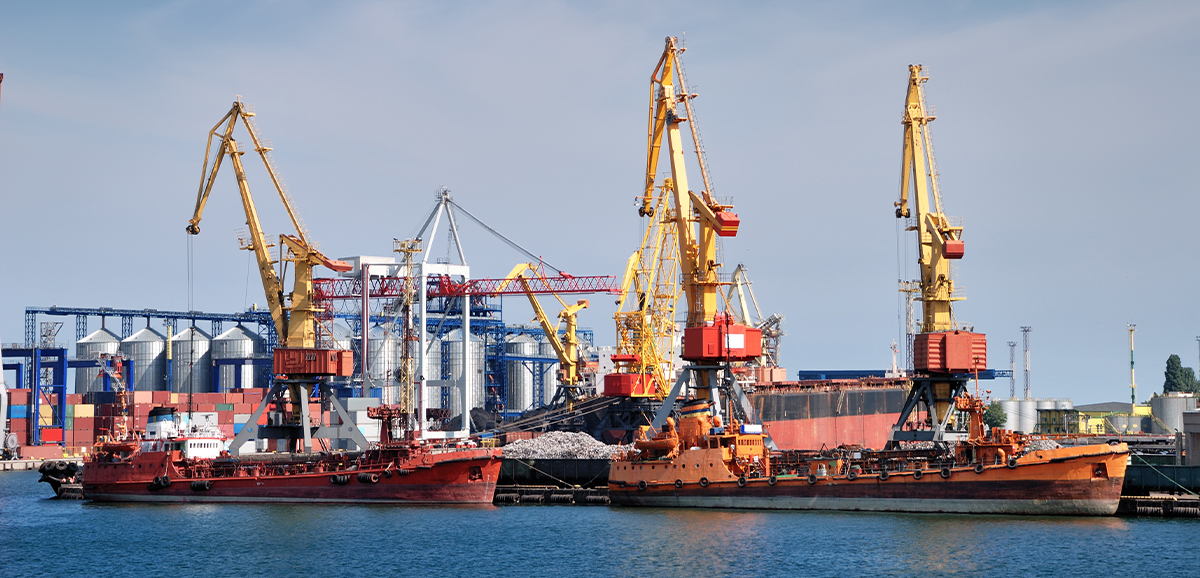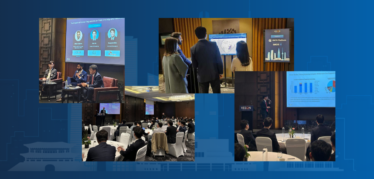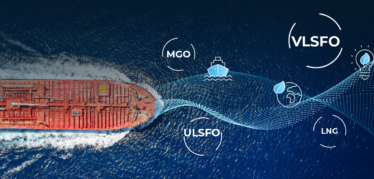After a strong performance in 2019, the dry bulk shipping market started 2020 with bearish projections, stemming primarily from the dissipating effects of several market events that resulted in high demand during 2019. As with many other sectors, 2020 has proven even more challenging for dry bulk organizations on both sides of the marine contract than initially projected, as market dynamics beyond their control resulted in waning production for several bulk commodities. This, coupled with widespread fleet expansion, has underscored the importance of shipowners and operators engaging in proper commercial management. On the other side of the contract, tonnage charterers have been experiencing the downstream implications of demand contraction and falling commodities prices, requiring them to control supply chain costs.
While many are still hopeful for a strong recovery in dry bulk, these events have collectively spotlighted the need for robust digital technologies optimized to meet dry bulk’s unique demands. The right commercial platform is integral to maximizing profitability for freight sellers and containing costs for its buyers.
In this blog post, we’ll look at four unique realities of the dry bulk shipping market and what they require from a commercial solution.
Reality 1: Increasing Volume
Over the past several years, the dry bulk space has experienced a boom in vessel size and, therefore, cargo volume. Going into 2020, Ultramax vessel classes were in high demand, representing just over 18 percent of the industry order book. In addition to freight supply increasing approximately 5.4 percent in 2020, further driving down freight values, this proliferation of mega vessels has also introduced new complexity in maintaining visibility and control throughout the voyage lifecycle. Larger vessels naturally correlate with larger crews, additional port stops, larger bunkers, and more expenses to manage.
To maintain visibility and control amid this complexity, a commercial solution must be built specifically to handle global maritime shipping workflows in bulk freight segments. Maritime solutions designed for smaller-scale freight, or multi-modal solutions not designed for maritime at all, simply cannot manage complexity at scale in the way today’s dry bulk market requires.
Reality 2: Multiparceling
Multiparceling of cargoes has always been common in dry bulk voyages and has become more common as voyage capacity increases. In a multiparceled voyage, freight is divided among multiple cargo owners and counterparties, and may or may not be loaded and discharged at multiple ports. This, too, increases commercial complexity and requires additional capabilities on the part of the commercial platform.
In order to simplify the management of multiparceling, a commercial solution must deliver robust contract capture capabilities for a full range of contract types. In addition, it must provide real-time P&L visibility that is reflective of voyage activities across loads and discharges at different ports. This is critical to ensuring proper cost allocation across cargo owners. Last, but not least, it must be capable of streamlining accounting processes, such as invoice creation, which are naturally further complicated the more cargo owners participate in a given voyage.
Reality 3: Complex Claims
In 2017, 34% of all insured bulk carriers suffered a cargo claim, and the average cost of each claim was nearly $70,000. Common claim types in the dry bulk space include wet damage, which was the second most common claim type in 2017 as well as the most expensive, and demurrage, which is a pervasive source of added costs across marine shipping segments.
A commercial solution should not only provide central visibility into open claims and their windows; it should also substantiate claims negotiations by presenting relevant operational data. Over time, a proper commercial solution is key to understanding and reducing claims in aggregate. Armed with historical data, stakeholders can identify patterns in the claim types, causes, and values. Understanding causality may provide an opportunity to resolve a recurring claim source proactively and mitigate its negative financial impact. For example, wet damage is most often due to leaking hatch covers, which can be readily addressed.
Reality 4: Market Volatility
Market realities can make or break a shipping business’ performance. For dry bulk, daily earnings have a history of shifting by thousands, even during typical business operations. The pandemic, of course, has further amplified the volatility of dry bulk. In 2020 alone, daily earnings have reached heights of $35,000, but they’ve also fallen dramatically to the $2,000 mark. According to market research, today’s dynamic volatility will continue well into 2021.
A commercial solution must equip dry bulk organizations with real-time market visibility at every point of the voyage or cargo lifecycle. In addition to integrating with relevant indices, the ideal commercial solution will harness index-linked insights to inform decisions at every stage of the process—from fixing the most profitable voyages during the chartering process to evaluating mark-to-market performance and assessing freight exposure at all times.
Reveal Dry Bulk’s Complexities with the Veson IMOS Platform (VIP)
The Veson IMOS Platform (VIP) is a dynamic, cloud-based platform for the commercial management of marine cargo and fleets that is built to address the unique challenges faced by the dry bulk shipping space. With end-to-end visibility, full contract management capabilities, dynamic P&L insight, and dedicated workspaces for claims and risk management, VIP provides dry bulk shipowners, operators, commodities traders, and tonnage charterers everything they need to navigate the challenging conditions of today’s market and enhance their financial success.



 Giftson Eliyesar
Giftson Eliyesar
 Hongbeom Park
Hongbeom Park
 Oliver Kirkham
Oliver Kirkham